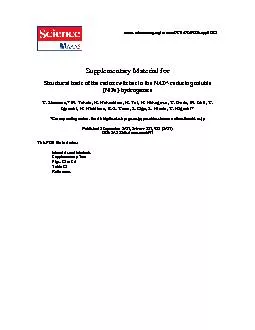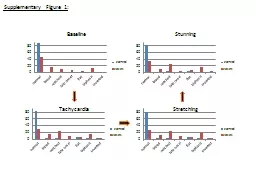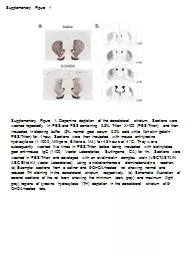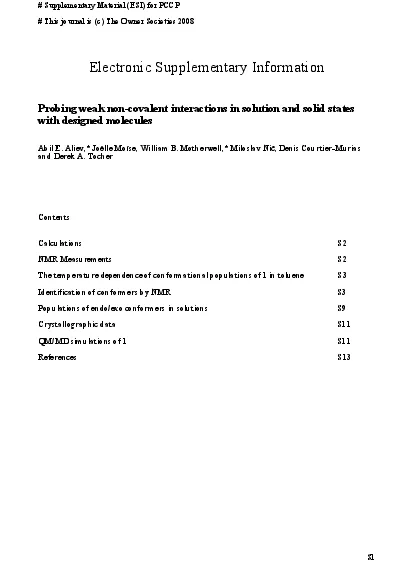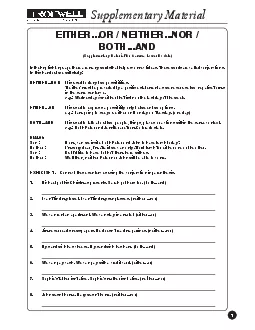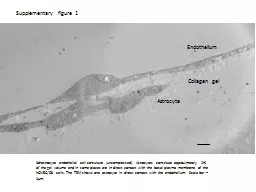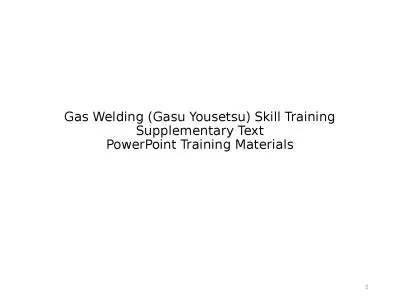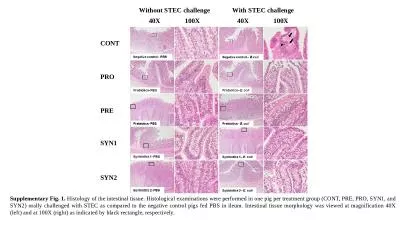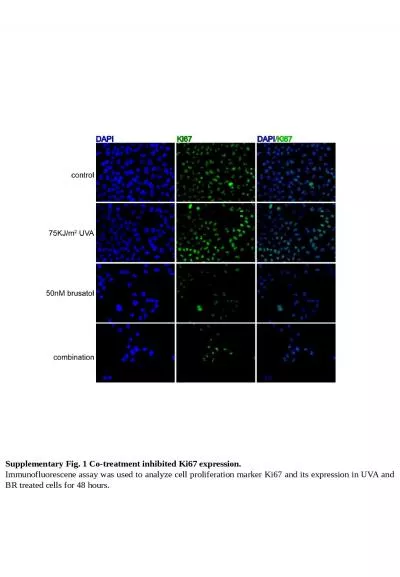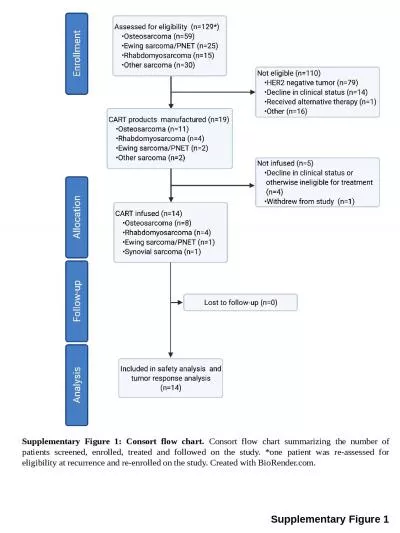PDF-Supplementary Text
Author : desha | Published Date : 2021-07-05
Comparison of the FeS clusters and subunit arrangements of SH with those of complex I and group I NiFehydrogenases Although the N3 4Fe4S cluster in Nqo1 is conserved
Presentation Embed Code
Download Presentation
Download Presentation The PPT/PDF document "Supplementary Text" is the property of its rightful owner. Permission is granted to download and print the materials on this website for personal, non-commercial use only, and to display it on your personal computer provided you do not modify the materials and that you retain all copyright notices contained in the materials. By downloading content from our website, you accept the terms of this agreement.
Supplementary Text: Transcript
Download Rules Of Document
"Supplementary Text"The content belongs to its owner. You may download and print it for personal use, without modification, and keep all copyright notices. By downloading, you agree to these terms.
Related Documents

